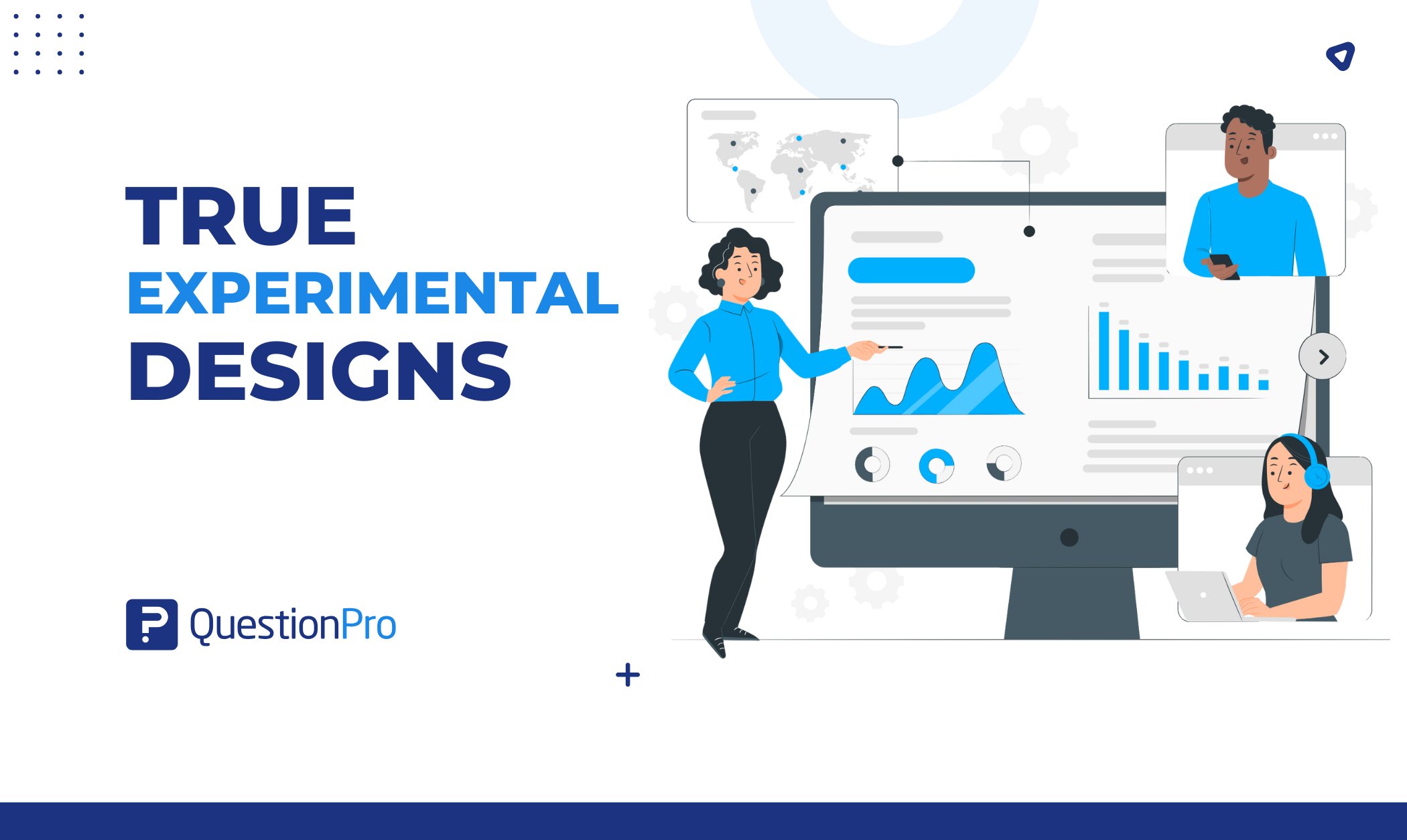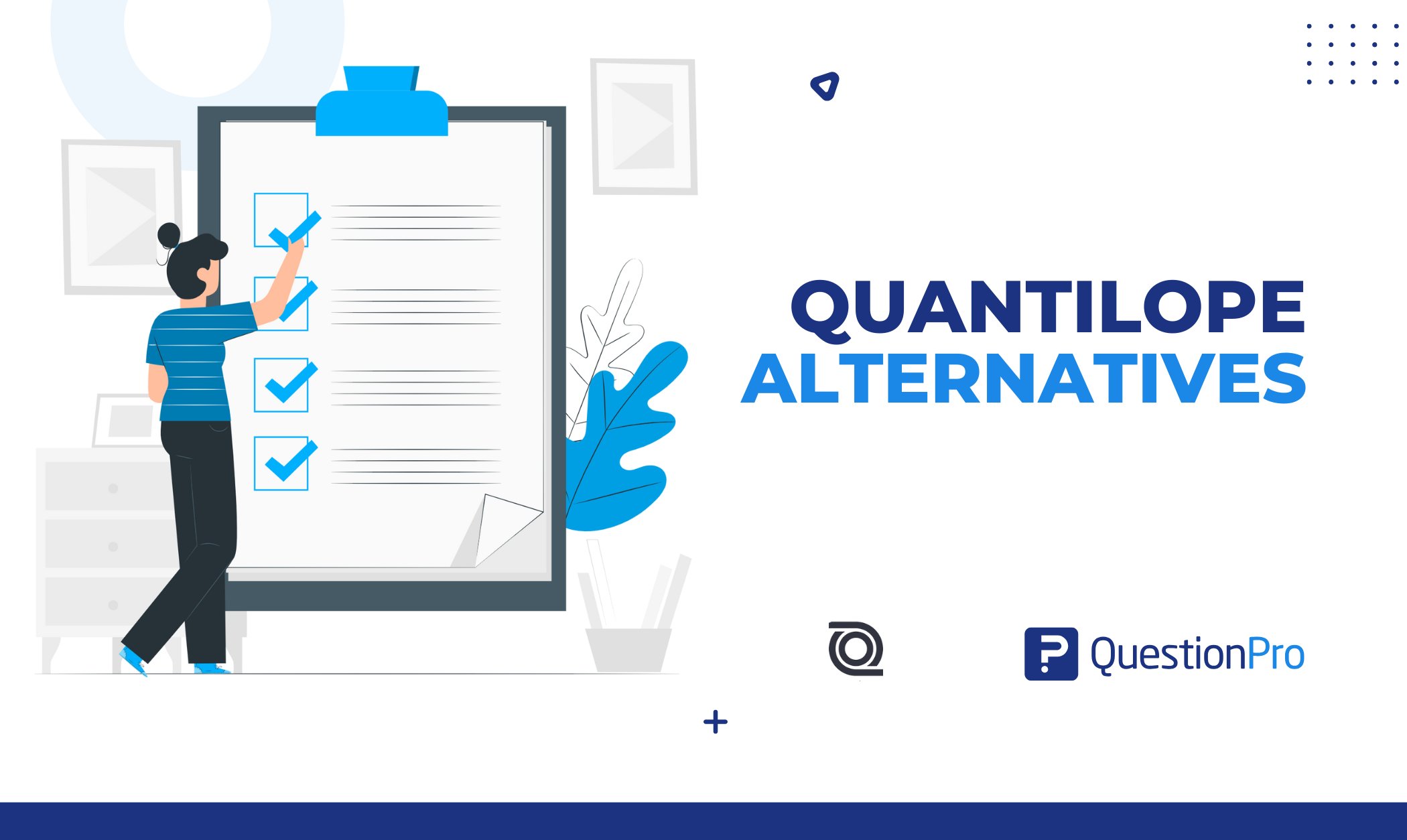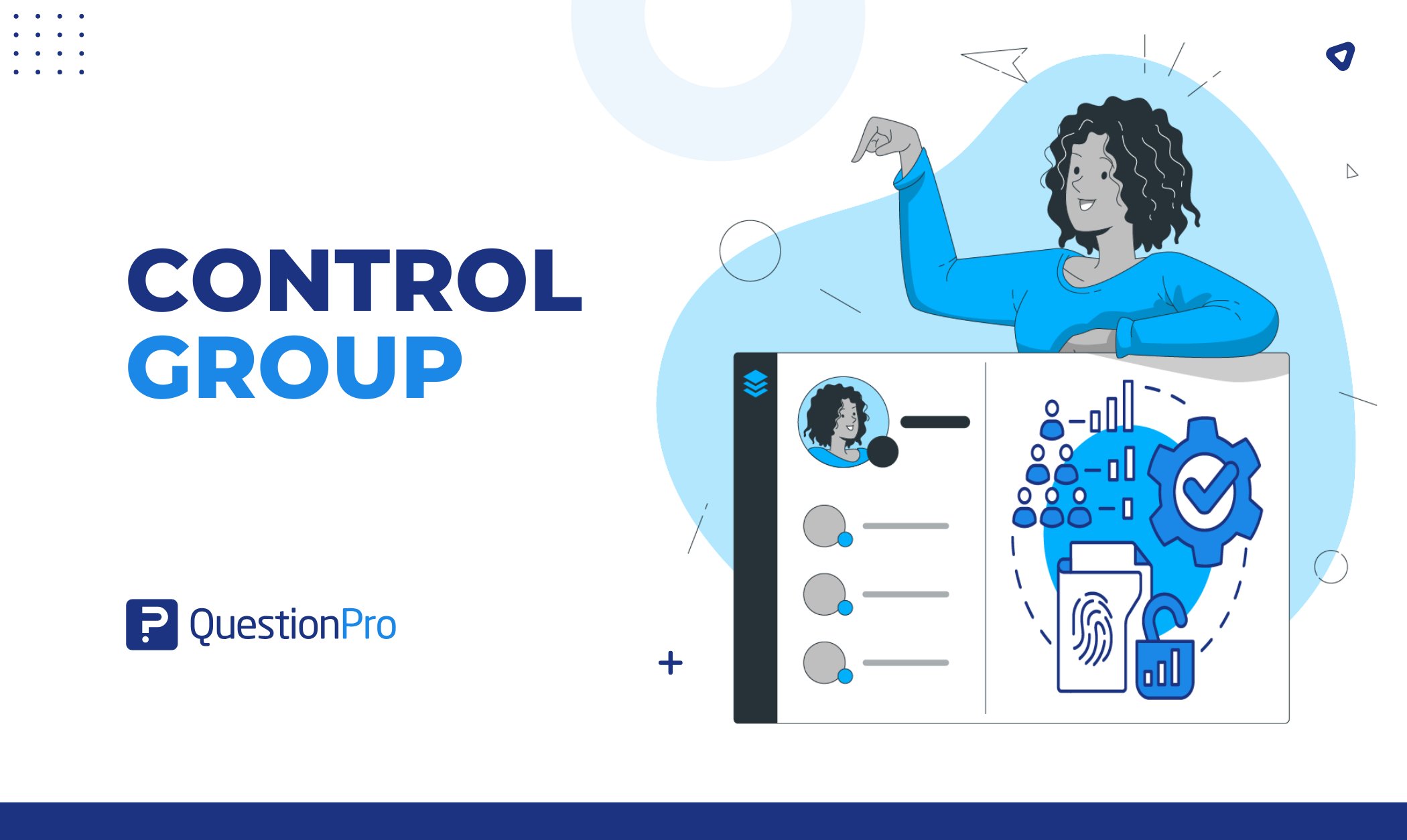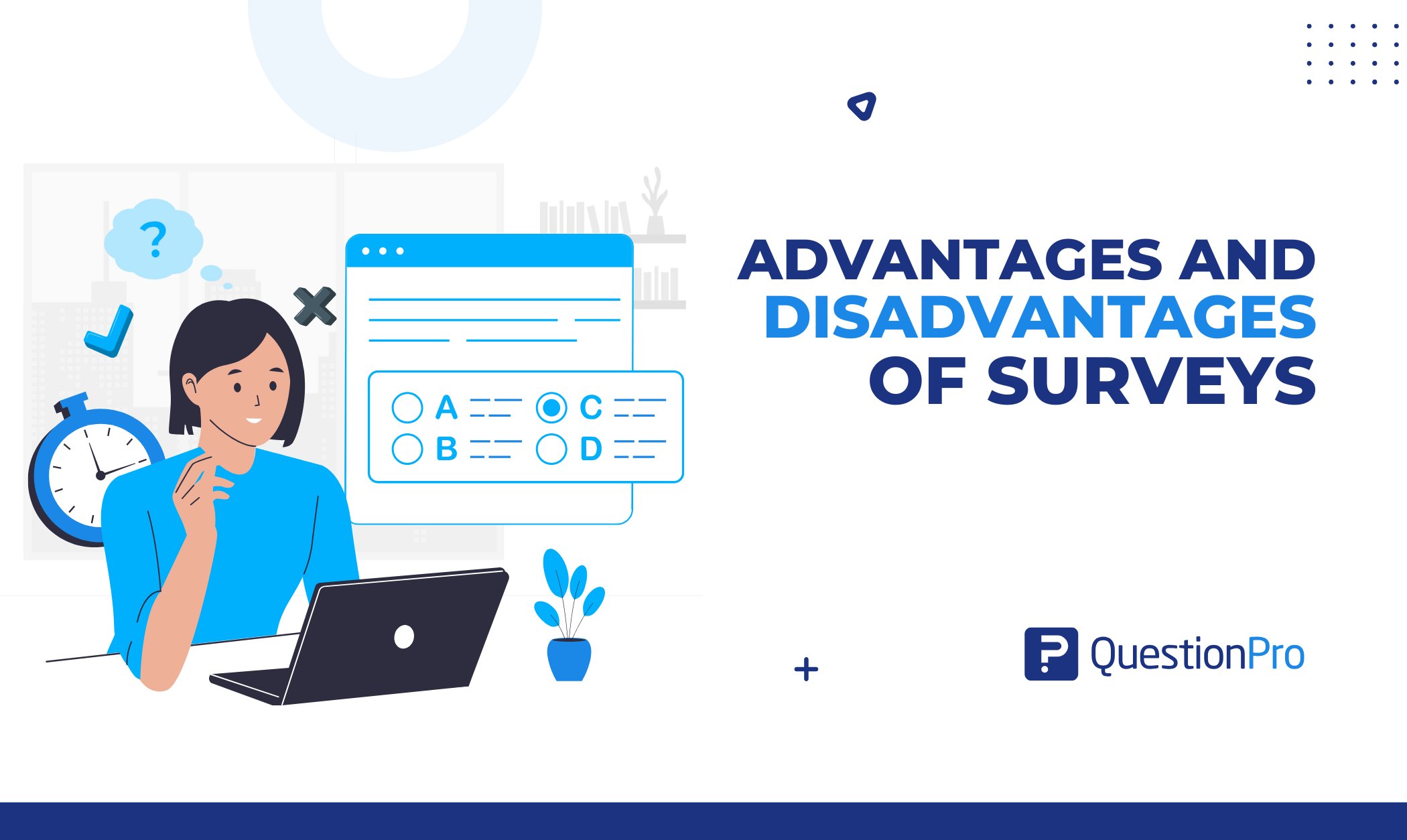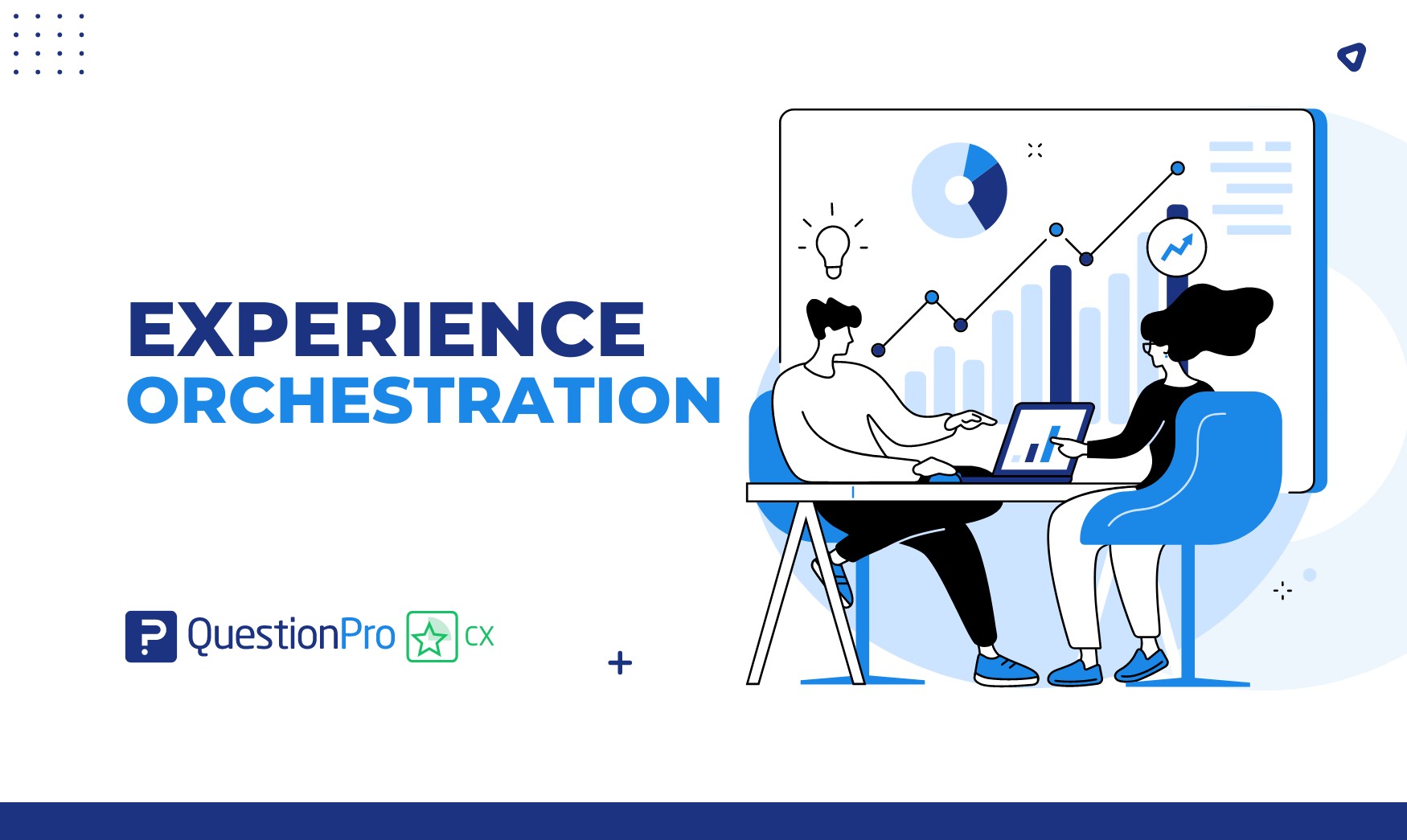
Nowadays, businesses constantly seek innovative ways to engage and retain customers. One such approach gaining prominence is Experience Orchestration. This strategic method goes beyond traditional customer experience management, aiming to integrate and optimize every customer interaction with a brand seamlessly.
In this blog, we’ll explore Experience Orchestration and its fundamental principles and discuss why it’s becoming a game-changer for businesses across industries.
What is Experience Orchestration?
Experience orchestration refers to designing, coordinating, and delivering seamless and personalized experiences across various touchpoints and channels in a customer’s journey.
It strategically integrates elements, such as content, interactions, and data, to create a cohesive and consistent user experience. It enables organizations to deliver consistent service across multiple touchpoints and ensures a harmonized and custom customer journey.
Orchestration ensures that interactions with a brand or product are united but form a unified and meaningful narrative. This includes online and offline interactions, such as website visits, mobile app usage, social media engagement, customer support interactions, and more.
Key Principles of Experience Orchestration
Experience Orchestration is guided by several key principles that form the foundation for creating seamless and engaging customer experiences and delivering empathetic customer experiences. Here are the key principles:
01. Omni-Channel Integration
It demands the seamless integration of all customer touchpoints and the customer’s preferred contact channel, whether online or offline. Whether a customer engages through a website, mobile app, social media, or in-store, the experience should be consistent and complementary across channels.
02. Personalization
Personalization lies at the heart of Experience Orchestration. Businesses must leverage customer data and advanced analytics to tailor experiences based on individual preferences, behaviors, and demographics. This enhances customer satisfaction and fosters a sense of connection and understanding.
03. Real-Time Responsiveness
The ability to adapt and respond in real time is crucial. With technologies like artificial intelligence and machine learning, businesses can anticipate customer needs, provide timely solutions, and enhance the overall responsiveness of customer journeys.
04. Continuous Engagement
This is not a one-time effort but an ongoing process. Continuous customer engagement involves staying connected with customers throughout their journey, seeking feedback, and proactively addressing concerns. This helps in building trust and loyalty over time.
Implementing Experience Orchestration
Implementing Experience Orchestration requires a thoughtful and strategic approach. Here are key steps and considerations for businesses looking to integrate IT into their operations:
01. Comprehensive Data Utilization
Harnessing the power of customer data is foundational to such orchestration. Businesses need to collect, analyze, and leverage data to gain insights into customer behaviors, preferences, and pain points, allowing for more informed decision-making.
02. Technology Integration
Embracing advanced technologies such as CRM systems, marketing automation tools, and AI-driven analytics is essential for effective Experience Orchestration. These technologies enable businesses to streamline processes, automate routine tasks, and deliver personalized experiences at scale.
03. Employee Training and Alignment
Employees play a pivotal role in delivering exceptional customer experiences. Therefore, companies must invest in training programs that align staff with the principles of such orchestration. Ensuring that employees understand the importance of their role in creating positive customer interactions is crucial.
04. Iterative Optimization
It is an evolving process that requires continuous refinement. Regularly reviewing customer feedback, monitoring performance metrics, and adapting insights-based strategies are integral to successful implementation.
Experience Orchestration Use Cases
Experience orchestration refers to coordinating and optimizing various touchpoints and interactions across a customer’s journey to create a seamless and personalized experience.
From a customer’s perspective, it can enhance your overall satisfaction and engagement with a brand. Here are several use cases illustrating how experience orchestration can benefit customers:
Personalized Marketing Campaigns
- Scenario: Customers receive targeted marketing messages and promotions that align with their preferences, purchase history, and behavior.
- Benefits: Customers feel valued and understood, leading to the increased relevance of marketing teams’ communications and higher chances of conversion.
Cross-Channel Consistency
- Scenario: Customers interact with a brand through various channels (website, mobile app, social media, in-store), and their experience remains consistent across all touchpoints.
- Benefits: Seamless transitions between channels create a unified brand experience, reducing confusion and enhancing customer trust and loyalty.
Proactive Customer Support
- Scenario: A customer receives personalized and timely support based on their past interactions and issues.
- Benefits: Improved customer satisfaction as issues are resolved quickly, and customers feel that the company understands and cares about their needs.
Product Recommendations
- Scenario: A customer receives product recommendations based on their browsing and purchase history, preferences, and similar customers’ behavior.
- Benefits: Enhanced shopping experience, increased likelihood of discovering relevant products, and a sense of being understood by the brand.
Loyalty Programs
- ScenaCustomers are enrolled in a loyalty program that rewards them for their ongoing engagement and purchases.
- Benefits: Customers feel appreciated and are more likely to remain loyal to the brand, contributing to long-term customer value.
Dynamic Pricing and Discounts
- Scenario: A customer receives personalized discounts or pricing based on their behavior, such as loyalty, frequency of purchases, or cart abandonment.
- Benefits: Increased customer satisfaction and motivation for a purchase, fostering a positive brand perception.
User Onboarding and Education
- Scenario: A new customer receives a tailored onboarding experience, including tutorials, guides, and tips relevant to their needs and preferences.
- Benefits: Faster and more effective onboarding, reducing the learning curve, and helping customers derive value from the product or service sooner.
Event-Based Engagement
- Scenario: A customer receives timely and relevant communications or offers based on specific life events (birthdays, anniversaries, milestones).
- Benefits: Increased emotional connection with the brand and a positive association with significant life events.
Seamless Experience Orchestration
In a time of experience orchestration, the seamless integration of various elements plays a pivotal role in shaping a connected customer experience. One notable facet is the ability to deliver proactive fraud alerts, strategically aligning with the customer’s spending behavior.
Imagine a scenario where an online shopping transaction triggers an immediate and personalized notification, ensuring security and heightening overall customer satisfaction. This orchestration extends beyond alerts, encompassing other customer communications to create a cohesive and dynamic engagement.
Experience Orchestration seamlessly integrates with various channels to deliver proactive notifications, ensuring personalized and timely engagement with users across their journey. The harmonious coordination of these elements transforms each interaction into a finely tuned symphony, where every note contributes to a pleasant and responsive customer journey.
- You might also like: Journey Orchestration: What It Is, How It Works
Benefits of Experience Orchestration
Experience Orchestration offers many benefits for businesses that prioritize and successfully implement this strategic approach. Here are key advantages that organizations can derive from effective Experience Orchestration:
1. Enhances Customer Loyalty
Businesses can cultivate solid customer connections by delivering consistent, personalized, memorable experiences, increasing loyalty and repeat business.
2. Helps to Improve Customer Satisfaction
A seamless, well-orchestrated experience at every touchpoint contributes to higher customer satisfaction. Satisfied customers are more likely to become brand advocates, positively influencing others in their network.
3. Increases Revenue Opportunities
Through effective Experience Orchestration, businesses can identify and capitalize on upsell and cross-sell opportunities. Personalized recommendations and targeted marketing strategies can result in increased customer spend.
4. Competitive Advantage
Companies that master it gain a significant competitive advantage. In a market where personalized customer experience differentiates brands, those who prioritize and excel in this area stand out.
Conclusion
Experience Orchestration is not merely a buzzword; it’s a strategic imperative for businesses aiming to thrive in the experience-driven economy. By prioritizing customer needs, integrating touchpoints, and leveraging technology, companies can create a symphony of interactions that resonate with customers, leaving a lasting and positive impression.
Those who master the art of such orchestration are not just selling products or services but crafting meaningful and enduring relationships with their customers.
QuestionPro CX empowers businesses with robust tools for experience orchestration, enabling seamless integration of customer feedback into strategic decision-maps. QuestionPro CX ensures a holistic and dynamic approach to shaping exceptional customer experiences, fostering loyalty, and driving business success by providing actionable insights, personalized engagement, and continuous improvement processes.




